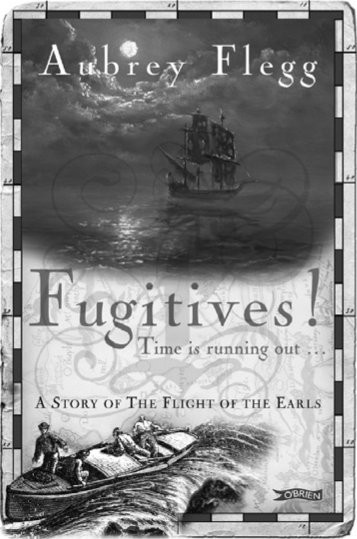The Silver Stag of Bunratty (17 page)
Read The Silver Stag of Bunratty Online
Authors: Eithne Massey

There was silence, except for the soft crackling of the flames. Above them, the birds circled in the blue air.

Something else was moving out of the inferno, silver against the red and gold of the flames. It walked slowly
through the fire, unharmed by it. It stood for a moment and looked towards them in all its pale, shining beauty, raising one delicate hoof as if in salutation. Then it moved away, running swiftly towards the south, where the Shannon flowed into the silvery vastness of the western sea.
Most of the characters in this book, including Tuan, Cliar, Maude and Matthieu, are fictional ones. Some, however, were real people, and many of the events described in the story actually happened in County Clare in May 1318.
BUNRATTY
, of course, still exists, although the castle that one can see there nowadays was built in the second half of the fifteenth century. The original settlement at Bunratty was a Viking trading post dating from the end of the tenth century, and the first castle, a timber one, was built by the Norman knight Richard De Muscegros around 1250.
By 1277 Bunratty was in the hands of Thomas De Clare, and he constructed the first stone castle on the site. Bunratty was a thriving village by this time, and a regular fair was held there. Sir Thomas De Clare was a brave soldier, but was known for his treachery. He did indeed, kill Brian Rua while he was a guest under his roof, as in the story, and he also killed the two hostages mentioned as ghosts.
His son, Sir Richard De Clare, became Lord of Bunratty after his older brother Gilbert died. Richard De Clare was known as ‘An Claraghmore’ (the Great De Clare), for he was a great lord and soldier. He was killed at the battle of Dysert O’Dea in May 1318, and the Irish annals tell of the banshees wailing before his death and of his meeting with the washerwoman at the ford.
His wife Johanna, who was English by birth, left Bunratty as soon as the news of his death reached her. She burned the castle
to the ground and set off for England, never to return. De Clare’s heir died in England and the castle passed into the hands of his sisters, who took no interest in it.
Bunratty was let go to waste for years after the battle of Dysert O’Dea in 1318, and was completely destroyed by the O’Briens and the Mac Conmaras (McNamaras) in 1322. The Norman Thomas De Rokeby built a new castle on the site in 1355, but that too was destroyed two years later.
When the castle rose again it was as a Gaelic tower house, built by the Mac Conmaras during the second half of the fifteenth century. It was later taken and held by the O’Briens from the end of that century until the 1650s, when it was taken by Cromwell’s army under General Ludlow. The Studdart family took possession of Bunratty and its lands from 1725 and lived in the castle until 1804, when they moved to the adjoining manor house. The castle was allowed to fall into ruin until purchased by Lord Gort in the 1950s. It has now been magnificently restored and is at the centre of a Folk Park owned by the state.
If you visit Bunratty today, look out for the door with the strange carving beside it and the great antlers decorating the walls of the Great Hall.
ROGER OUTLAW
, Prior of the Knights Hospitallers in Ireland, is also an historical character. The Hospitallers were soldiers as well as monks and Outlaw was known as a skilful diplomat as well as being a great soldier. He held high office in Ireland throughout his career and the records state that he was often sent out to ‘parley with the Irish’. When his cousin, Alice Kyteler, was accused of witchcraft, Prior Roger was instrumental in saving her from death.
THE O’BRIENS
were lords of the Gaelic tribes in Thomond and the Mac Conmaras were among their greatest supporters. There were constant battles between contenders for the lordship of the O’Brien clan and for control of the kingdom of Thomond. At the time of the story, there were two members of the clan competing for the lordship. Alliances between the Gaelic tribes and the Norman settlers shifted and changed all the time.
THOMOND
, the ancient name for the area encompassing parts of Clare, Limerick and north Tipperary, was plagued by these on-going battles. Matters were not helped by the terrible weather of the second decade of the fourteenth century, which resulted in famine throughout Europe.
HOSTAGES
: Tuan’s position as a hostage was not unusual at this period. Hostage taking, as a means of making sure that the enemy did not attack, was common in medieval Ireland, both between the Gaelic tribes and with the Normans.
EITHNE MASSEY is the author of a number of books for children, including
The Secret of Kells, Best-loved Irish Legends, The Dreaming Tree
and
Where the Stones Sing
, and of
Legendary Ireland
for adults. She has had a life-long interest in Irish history and mythology, and now lives between her native town of Dublin and rural Brittany.
THE SECRET OF KELLS
About
The Secret of Kells
:
‘This was one of the best books I have read … I would give it 10 out of 10’
EVENING ECHO
– reader review
‘A rich, exciting and distinctive narrative that should greatly appeal to young readers, especially those aged 10+’
INIS
‘Eithne Massey has created an exciting adaptation of the Cartoon Saloon’s film’
BOOKS IRELAND
BEST-LOVED IRISH LEGENDS
About
Best-loved Irish Legends
:
‘Good to read aloud’
SCHOOL LIBRARIAN MAGAZINE
‘A book to keep and treasure’
IRISH EXAMINER
‘Lively retellings … vibrant illustrations’
EVENING ECHO
‘A collection of old favourites including
The Children of Lir and The Salmon of Knowledge in one handsomely illustrated volume for 4+’
IRISH INDEPENDENT
‘Entertaining and often moving, these magical tales are guaranteed to be treasured forever … a perfect book for younger readers’
ARMADILLO MAGAZINE
(UK online book site)
This eBook edition first published 2012 by The O’Brien Press Ltd,
12 Terenure Road East, Rathgar, Dublin 6, Ireland
Tel: +353 1 4923333; Fax: +353 1 4922777
E-mail: [email protected]
Website: www.obrien.ie
First published 2011
e Book ISBN: 978–1–84717–391–1
Copyright for text © Eithne Massey 2011
Copyright for typesetting, layout, editing, design © The O’Brien Press Ltd
UNAUTHORISED COPYING IS ILLEGAL
All rights reserved. No part of this publication may be reproduced or utilised in any form or my any means, including electronic, digital, mechanical, visual or audio, or mounted on any network servers, without permission in writing from the publisher.
Carrying out any unauthorised act in relation to a copyright work may result in both a civil claim for damages and criminal prosecution. For permission to copy any part of this publication contact
The O’Brien Press Ltd at [email protected].
British Library Cataloguing-in-Publication Data
A catalogue record for this title is available from the British Library
The O’Brien Press receives assistance from
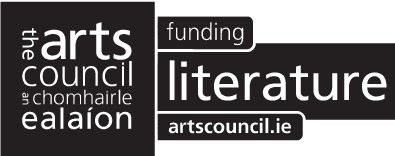
Editing, typesetting, layout and design: The O’Brien Press Ltd
Cover image courtesy of iStockphoto
By Eithne Massey
History, myth and legend collide in this thrilling novelisation of the full-length Oscar nominated animated feature
The Secret of Kells
.
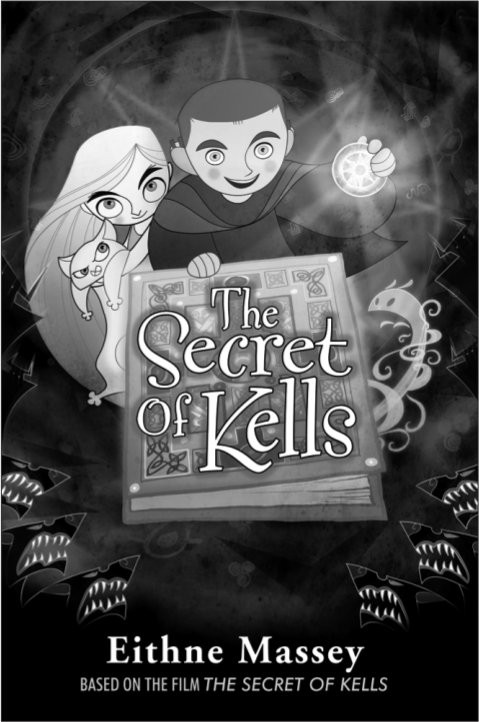
For as long as he can remember, Brendan has never been allowed outside the monastery of Kells. Then, one day, the famous illuminator, Aidan of Iona, arrives with his cat, Pangur Bán, and everything changes. Brendan longs to help Aidan with the Great Book. Aidan needs special ink berries that can only be found in the forest. But Brendan’s uncle, Abbot Cellach, forbids him to set foot outside the walls. ‘The Northmen are coming,’ he warns. ‘We are all in danger!’
In the dark of the night, Brendan defies his uncle and sneaks into the forest. There he is attacked by wolves and meets a strange fairy girl. Together they find the berries, but they also make another terrifying discovery. They stumble on the cave of Crom Cruach, the Dark One …
Can Brendan outwit the serpent god? Will the walls of Kells protect Brendan and the monks from the invading Vikings? And will the Great Book ever be finished?
This novel brings to life the fictionalised story of Brendan, a young monk in the monastery of Kells and his part in the completion of one of the world’s most famous and treasured books, The Book of Kells
.
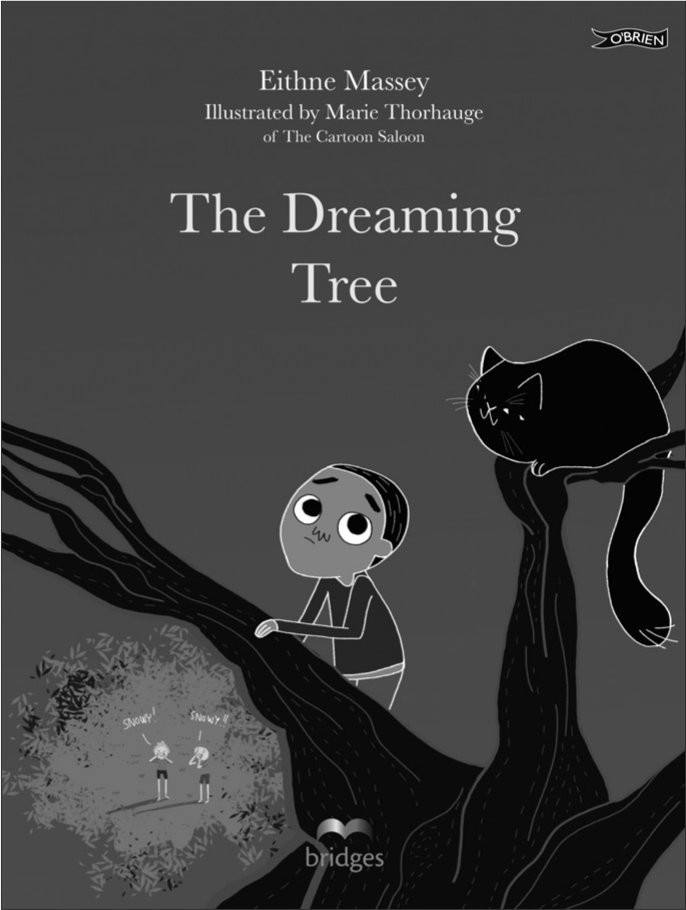
Back home in Brazil, Roberto loved playing football. Now he lives in Ireland, and he’d really like to have a game with the boys in the park, but he’s too shy.
When his granny reminds him of the Brazilian story of the dreaming tree, he doesn’t see how a story can help him …
But maybe it can!
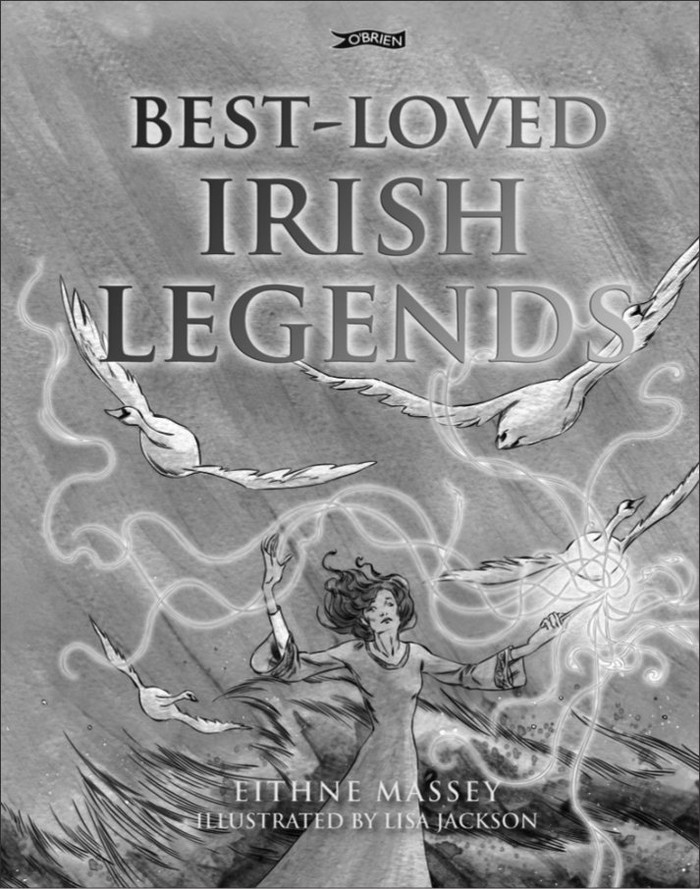
For younger children, a fantastic collection of the great Irish legends.
Stories from long, long ago, part of an ancient oral tradition, handed down from generation to generation and written down by the Christian monks of medieval Ireland.
STORIES
The Salmon of Knowledge, How Cú Chulainn Got His Name, The Children of Lir, The King with Donkey’s Ears, Fionn and the Giant.
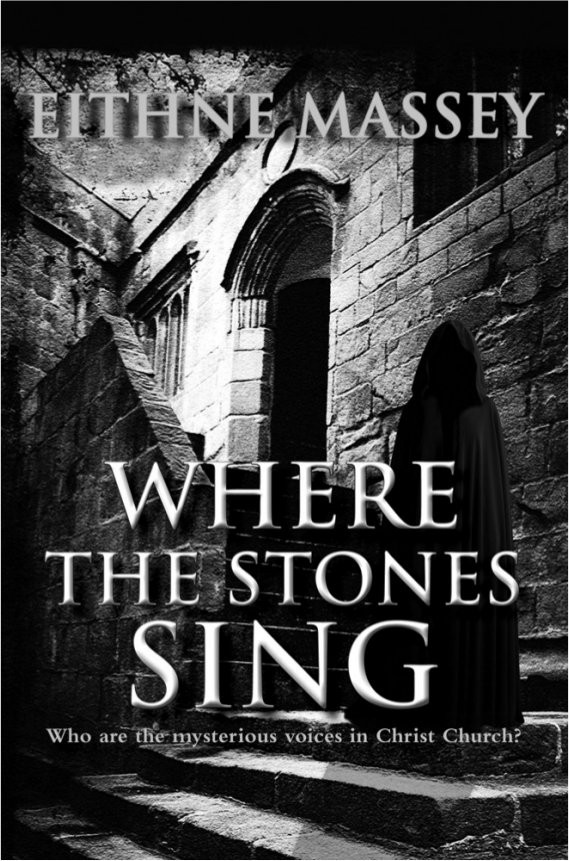
A vivid story of one girl’s fight for survival in darkest medieval Dublin.
As the spectre of the Black Death hovers over the city, Kate is living a lie, posing as a boy in the great Christ Church choir. She must keep her secret from everyone … even her new friends Tom and Jack.
When Jack is cruelly taken by the plague, Kate turns to the mysterious voices in the church for comfort. But the cathedral is also home to powerful enemies who are determined to destroy the singer … in the most terrible way imaginable.
Kate will need great strength, talent and help from unexpected quarters just to survive.
EARLY IRELAND
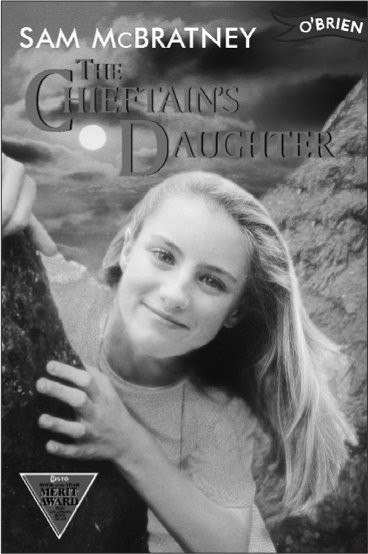
The tense story of tribal conflict in early Ireland. A boy, fostered with a remote tribe, becomes involved in a local feud, and with the fate of his belove Fran, the chieftain’s daughter.
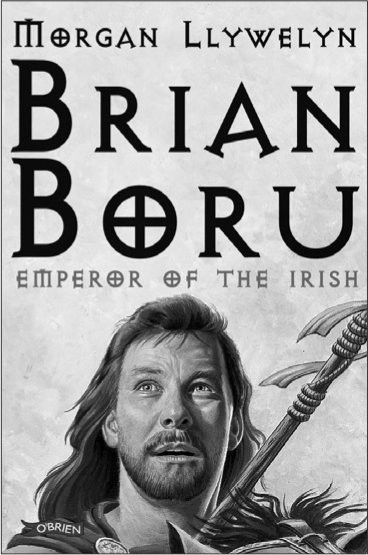
A story set in ninth-century Ireland, when the Gaelic chieftains faught each other as well as the Danes. Tells the extraordinary tale, from childhood to death, of the great Brian Boru, King of Munster and High King, who faught and died at the Battle of Clontarf in 1014.
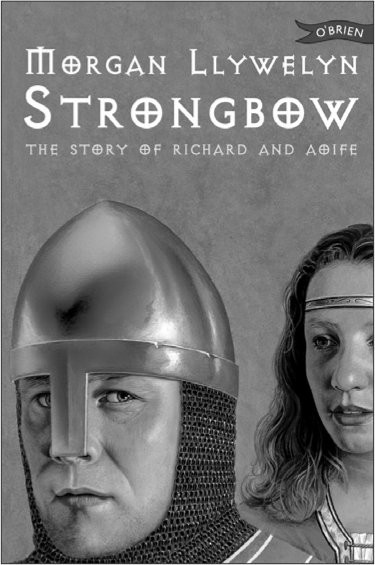
The story of the most famous Norman of them all: Strongbow, one of the first Normans to come to Ireland. He married Aoife, the daughter of the King of Leinster. The story is told alternately from both points of view, Aoife’s and Strongbow’s.
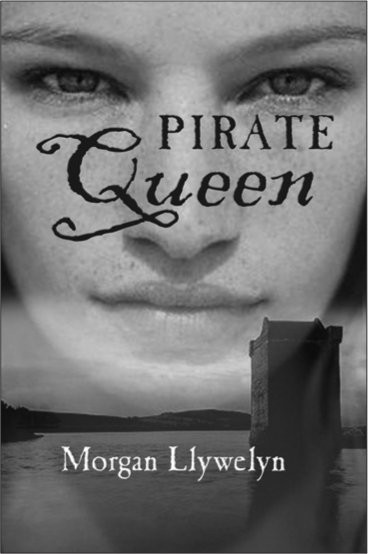
The story of a unique woman, Grace O’
Malley
(Granuaile), pirate and chieftain – a thorn in the side of the English and a particular scourge of Queen Elizabeth I. This is the amazing and exciting account of her wild adventures and great achievements.
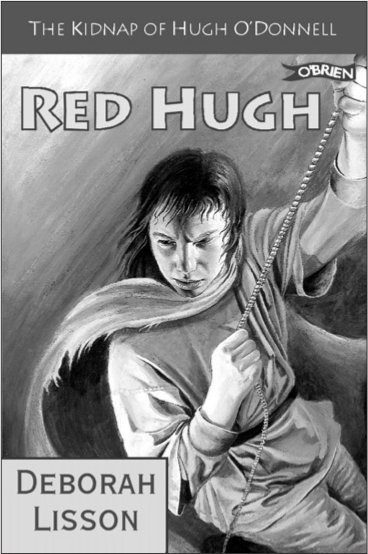
The capture of Red Hugh O’Donnell and his harrowing escape through the snows from Dublin Castle into the Wicklow mountains, is a story that has intrigued people down through the centuries. Here it is told in all its detail, horror – and heroics.
